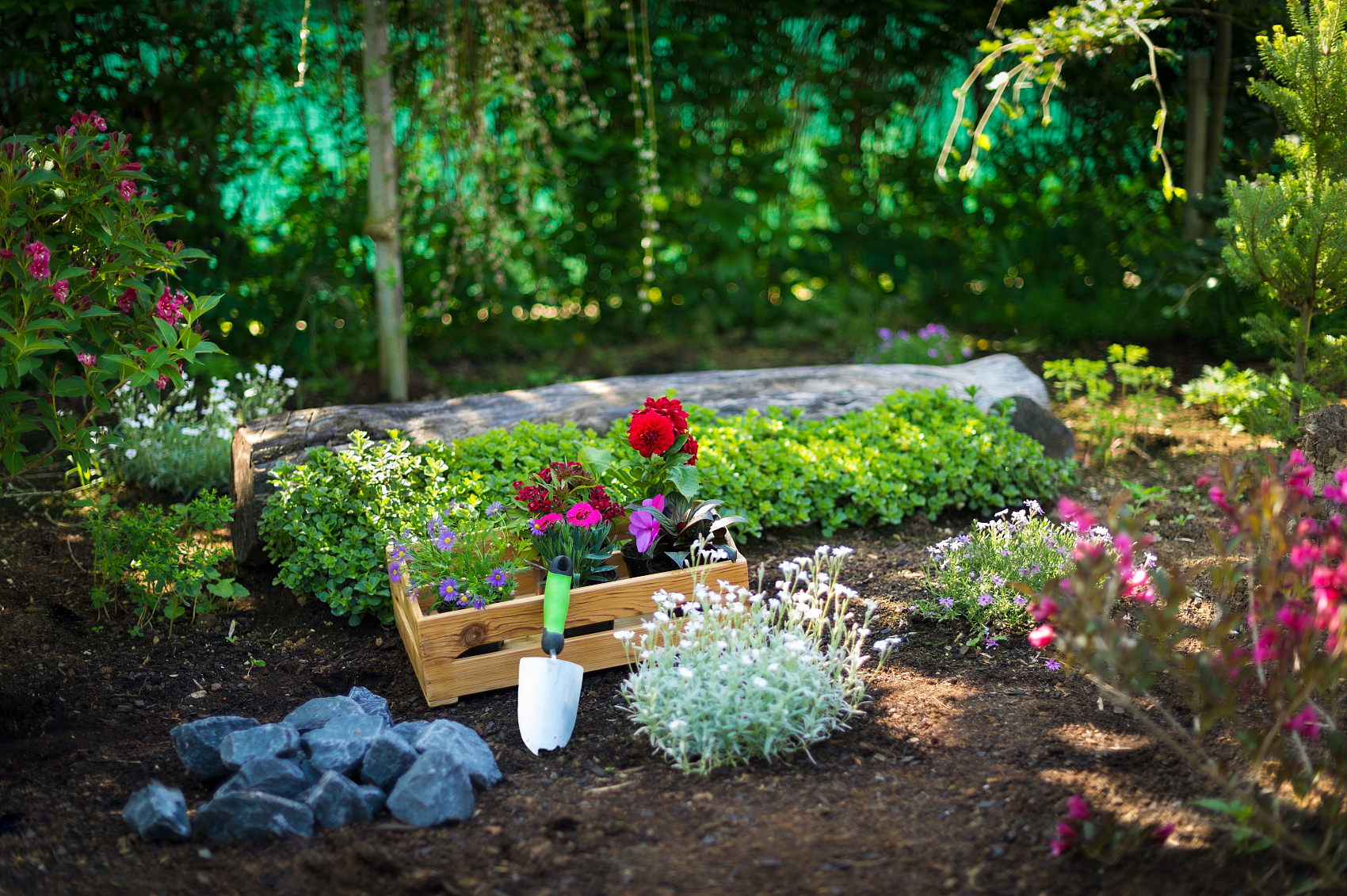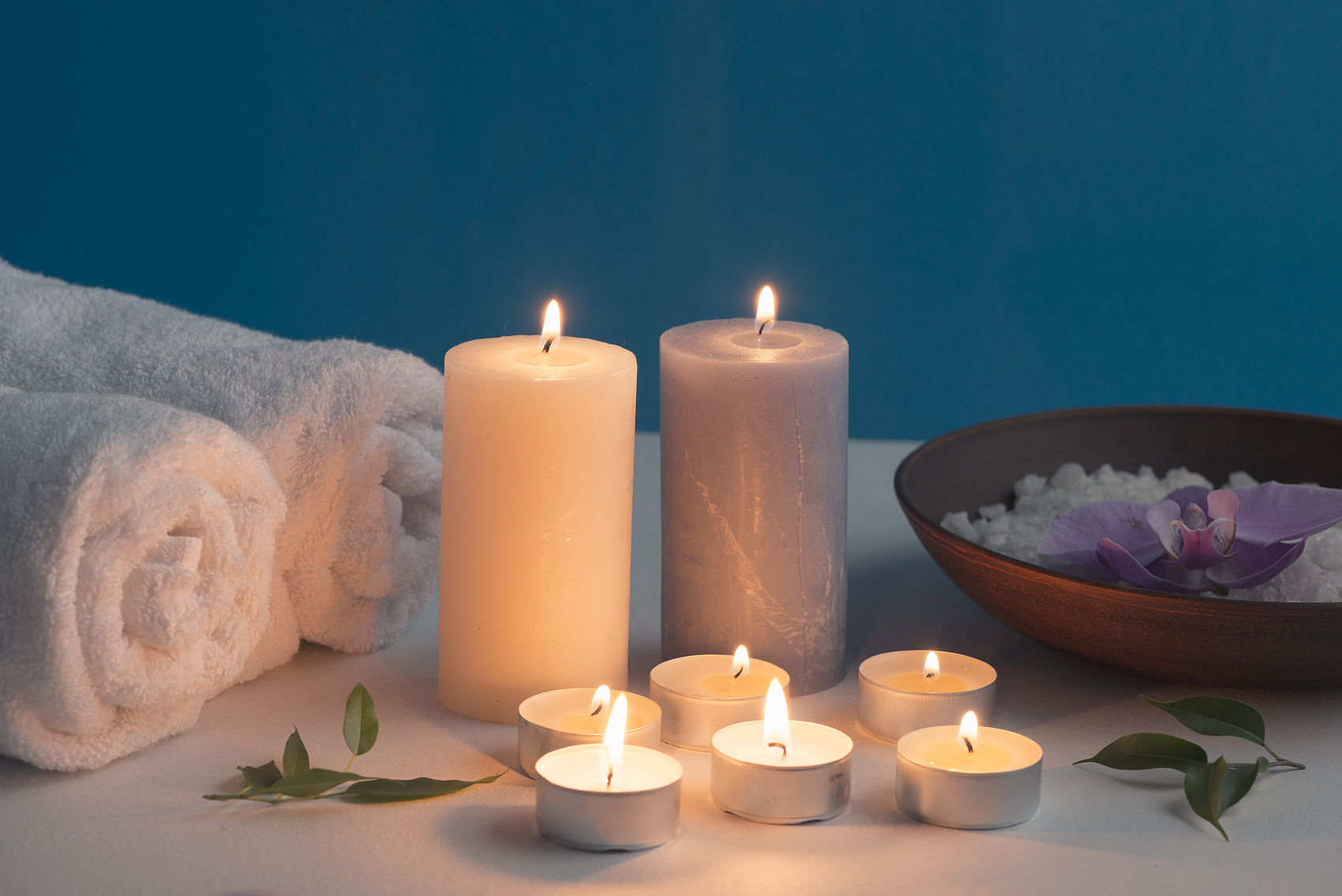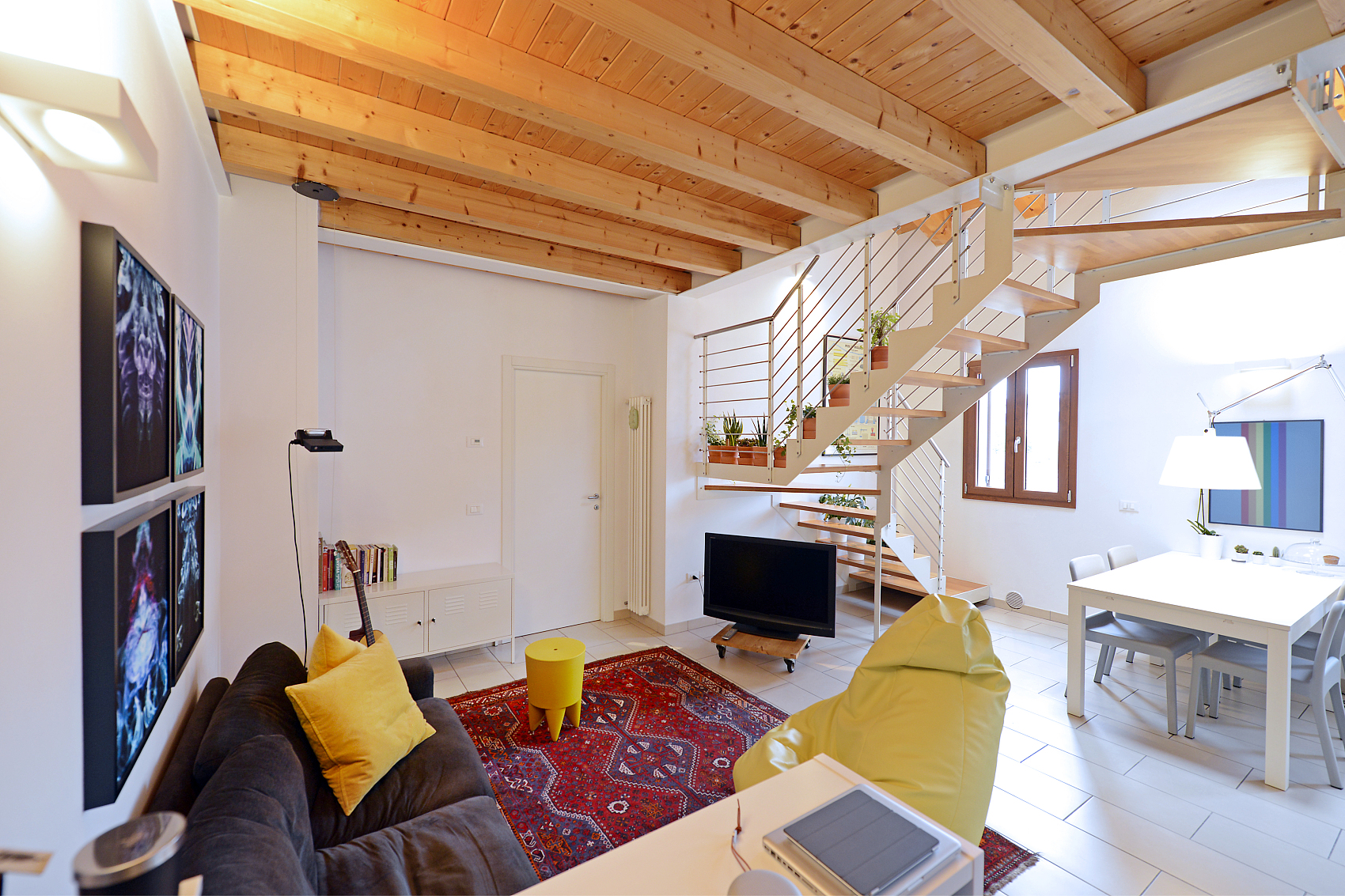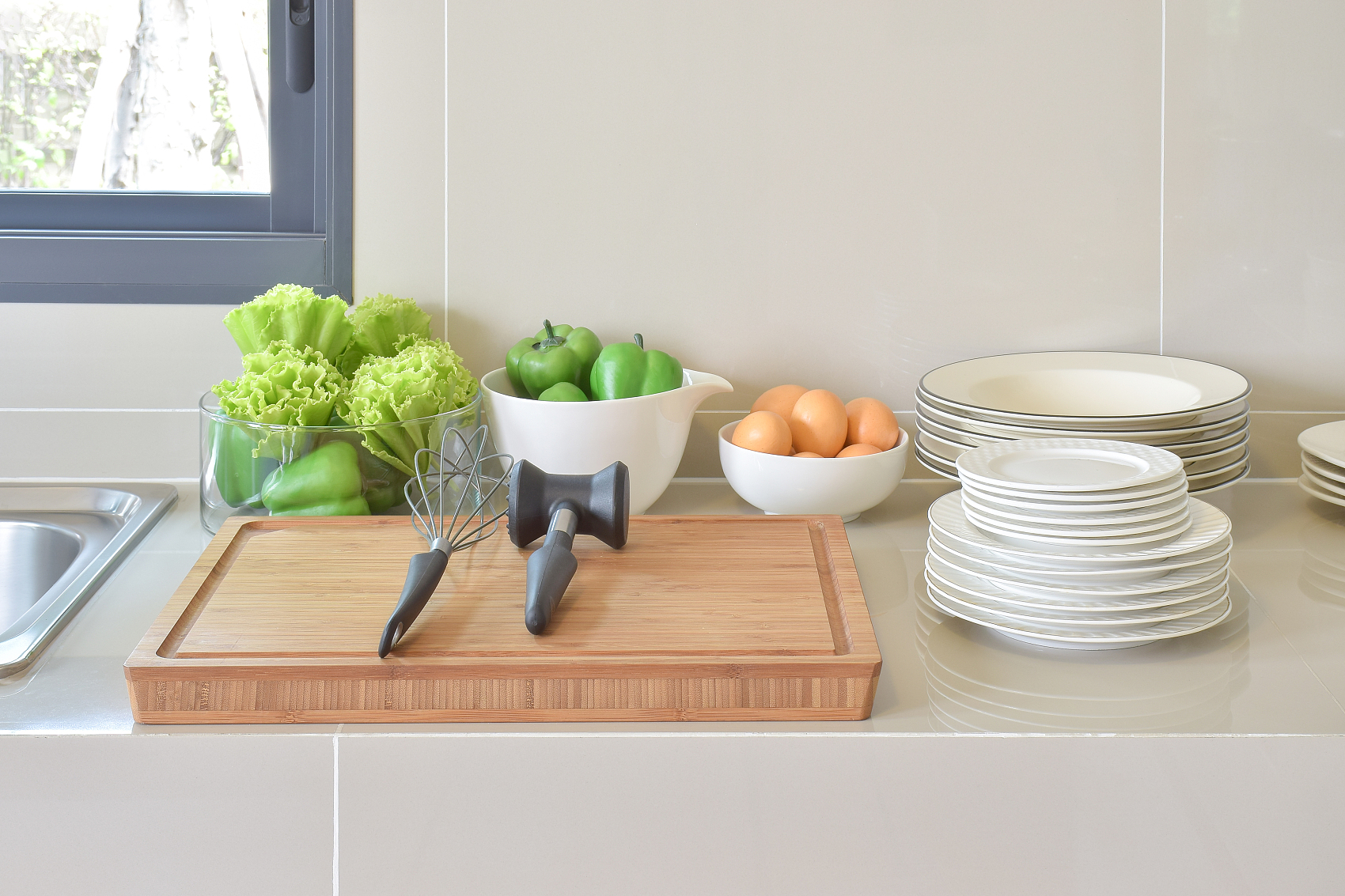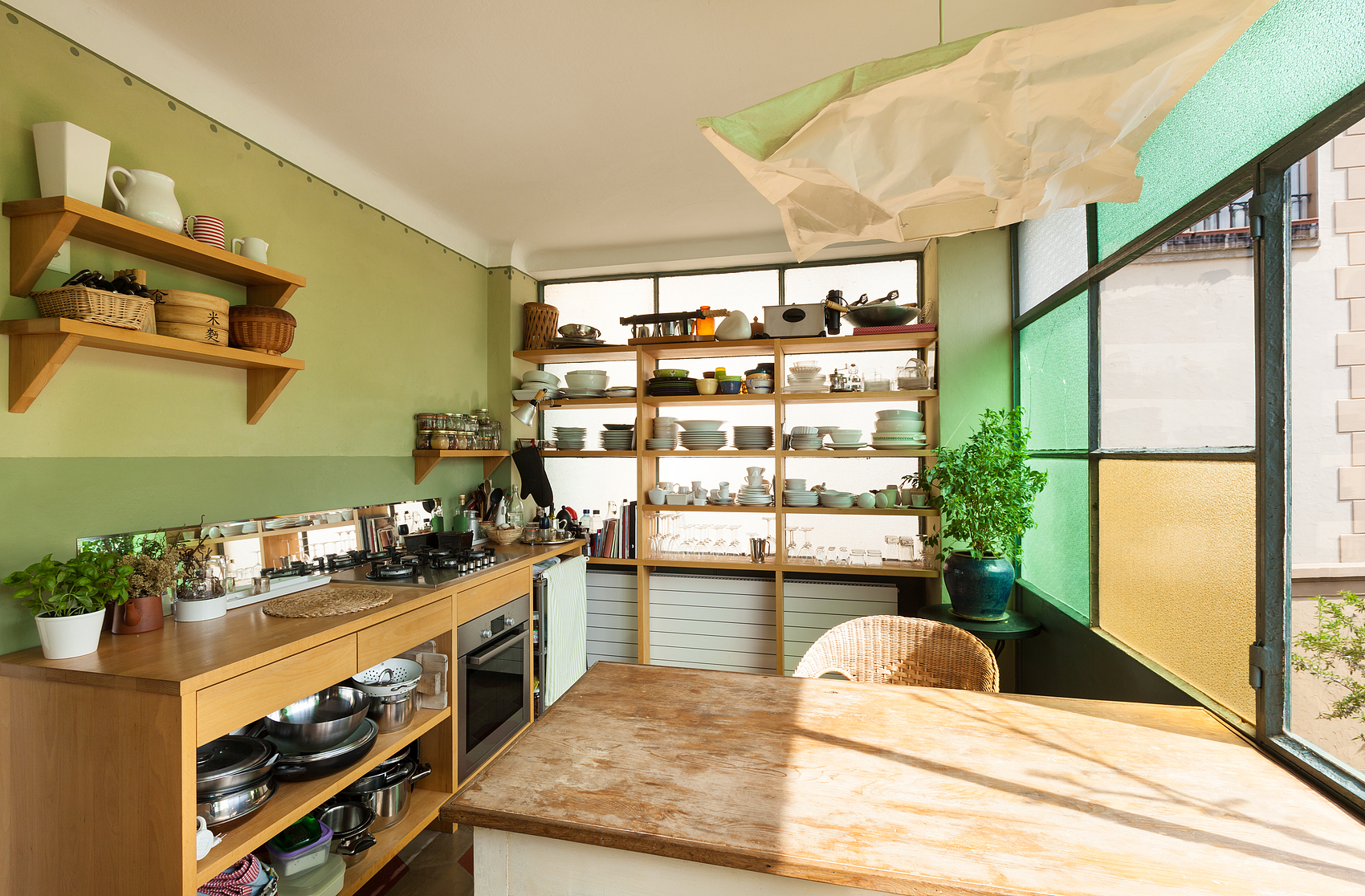How often you should bathe your dog can vary, but a good rule of thumb is to give them a bath every two to three months.
Bath time can be stressful for dogs, though. The sound of running water may be too loud for their sensitive ears, and the whole process might trigger nervous energy. When they get anxious, you get stressed, and the task can feel overwhelming. Here are some tips to help make bath time a more comfortable experience for both of you!
Create Positive Associations
To make bath time enjoyable, it’s important to build positive associations with the process. Use toys, praise, and treats during the bath so your dog learns to associate shampoo bubbles and running water with good things. If your dog finds the tub stressful, try a milder approach like using a showerhead or hose outside. Don’t force them if they seem scared or uncomfortable—this can make them feel unsafe and only drag out the process. With enough positive reinforcement, your dog will gradually become more comfortable in the bathroom, allowing for regular, stress-free baths.
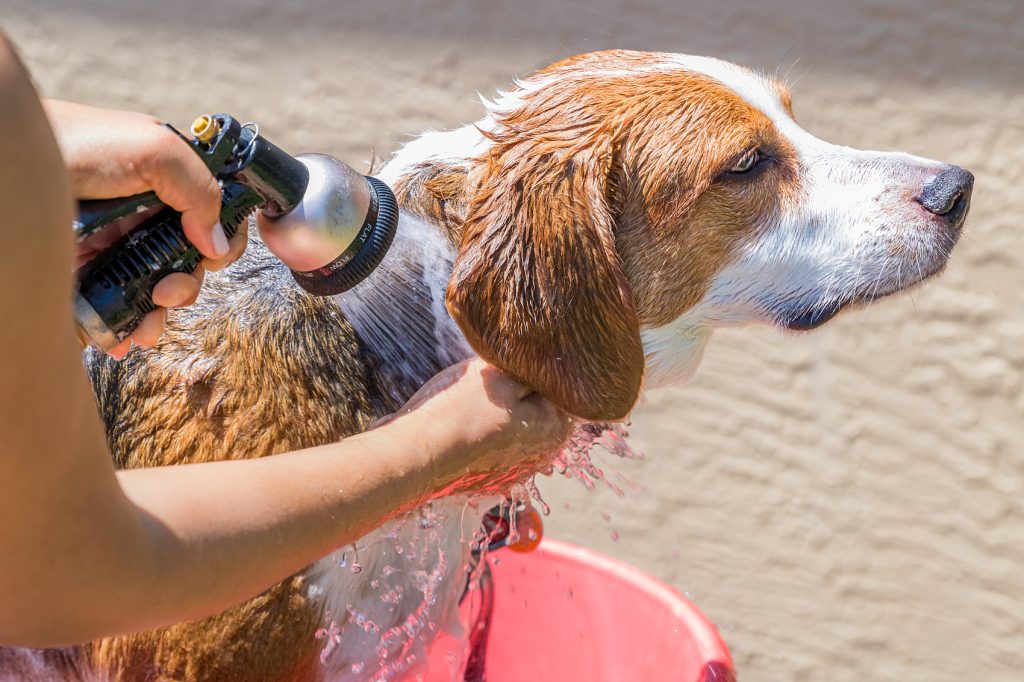
Gather All the Essentials
Make sure you have everything you need ready before starting the bath: brush, shampoo, conditioner, ear cleaner, towels, and maybe even a non-slip mat to help your dog feel secure. Having these items within reach can save you from having to run around the house with a wet dog! Decide on the best spot for the bath based on your dog’s size—small dogs can often be bathed in a sink, while larger dogs may need a tub. If possible, use a designated bath area to keep dog hair out of the family bathroom, though using the regular tub is perfectly fine too.
Use Lukewarm Water
Check the water temperature before bathing your dog. Water that’s too hot can raise their heart rate and cause strain, while water that’s too cold can be uncomfortable and ineffective for cleaning. Lukewarm water is ideal. Also, avoid spraying your dog with water at full force, and take extra care around their ears, nose, and other sensitive areas.
Brush Before and After the Bath
Brushing your dog before the bath helps detangle their fur, which reduces shampoo and water waste. It’s also a good opportunity to calm your dog with reassuring tones. After the bath, brushing can help prevent ingrown hairs and keep their coat smooth. Be sure to brush in the direction you want their hair to grow.
Shampoo and Rinse Well
Always use a dog shampoo that has the correct pH balance for their skin. Human shampoos can irritate your dog’s skin because their pH levels are different from ours. Work the shampoo through your dog’s neck, shoulders, armpits, stomach, and down to their tail and feet. As you rinse, keep an eye out for lingering dirt or shampoo bubbles. Use a cotton ball to protect their ears from water.
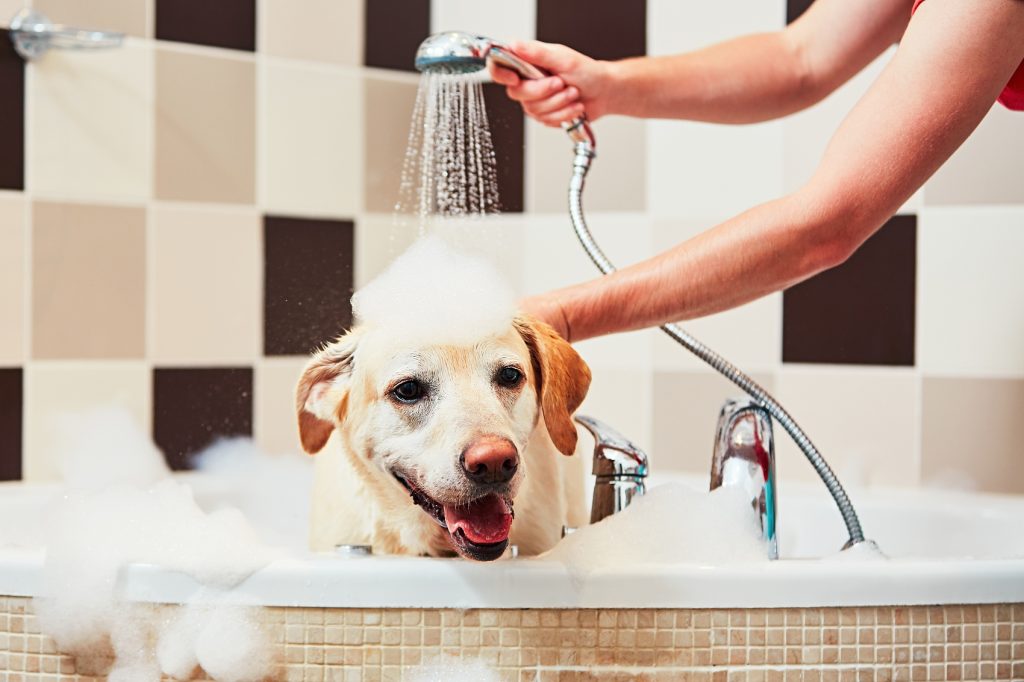
Dry Your Dog Thoroughly
Moisture left in your dog’s fur can lead to infections or itching, so it’s important to dry them off completely. Use a towel or blow-dryer to get them dry, or let them air dry while brushing them. Hold them gently by the back of the neck if you need to keep them still.
Bath-Free Alternatives
If your dog isn’t due for a full bath, there are other ways to keep them clean. You can use dog-friendly wipes, dry shampoos, or deodorizing sprays as a quick and easy alternative.
By following these tips, you can make bath time a more pleasant experience for your dog, leaving them clean and happy without the stress!


